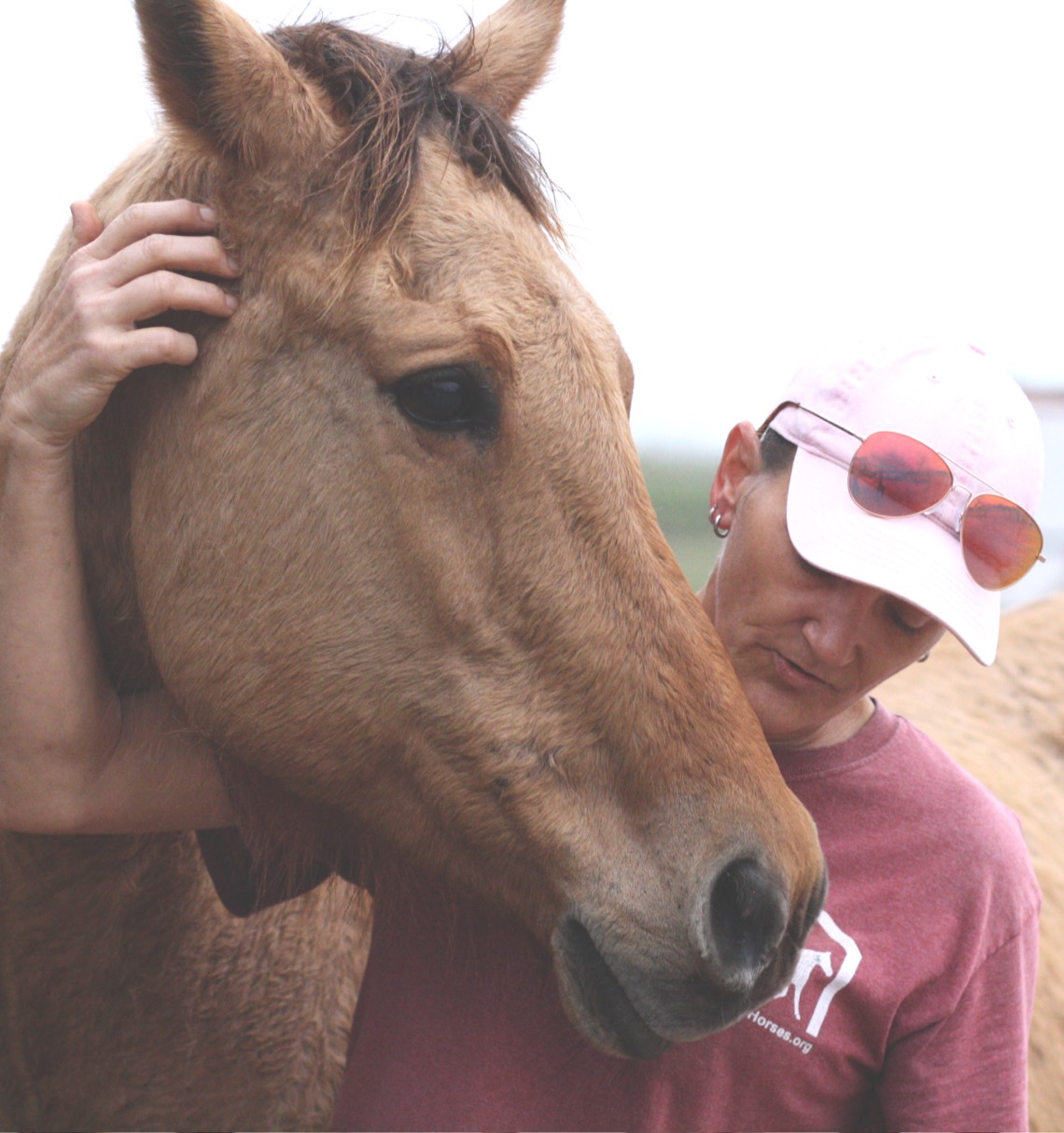ADM Releases Statement on South Carolina Horse Feed Incident
ADM Alliance reports that trace amounts of monensin could get into horse feed after a cattle feed production run has been finished. And that this is acceptable since they take measures to clean the machines and any monensin left there is by accident. So accidental horse deaths are acceptable but regrettable? Ridiculous. As reported before, the FDA does not test for monensin, so we must rely on the word of the manufacturer that their feed is safe. When deaths occur, we must look to experts. Perhaps it is time for those who manage stables and own horses to look at where they get their feed from. It is also time for ADM to invest in separate machines for creating horse and cattle feed. And our government needs to start taking control of regulating our animals’ feed and test for toxins since it seems to be a greater priority to ADM to save money by reusing a machine than to commit to doing no harm. The fact that ADM Alliance refuses to acknowledge (read the “Continue Reading” part) any definitive responsibility is expected in our society but unethical. Horse feed must be a source of nourishment not a toxin. ~ HfH
From: The Horse
Horses feed manufacturer ADM Alliance Nutrition, a subsidiary of the Archer Daniels Midland, Co., is responding to recent news reports and social media posts about its potential connection to an incident in which three South Carolina horses died and another was sickened.
Farm owner Anne Kennedy told TheHorse.com that in December, three horses residing at the farm were treated at the Edisto Equine Clinic in Yonges Island, South Carolina, for coliclike signs and later died. Another horse exhibiting similar clinical signs was also taken to the clinic for treatment, she said.
Kennedy subsequently sent a small sample of the ADM feed used at her farm to Michigan State University’s (MSU) Diagnostic Center for Population and Animal Health, in Lansing, for testing. She said the sample was “negative for ionophores (monensin),” but that a postscript included in the test results indicated the laboratory had identified monensin in trace quantities.
Ionophores are a type of antibiotic manufacturers sometimes add to cattle feed to promote weight gain. These substances, including monensin, can be toxic to horses. Monensin toxicity becomes apparent in horses in a number of ways, said Adrienne Bautista DVM, PhD, of the California Animal Heath and Food Safety Laboratory System at the University of California, Davis, School of Veterinary Medicine.
“Some horses go off their feed, some exhibit ataxia or weakness, some colic, and some simply die,” Bautista said. “When horses die, they generally die very quickly, and those are the horses we most often see.”
Kennedy said she shared the test results from her initial submission, including the postscript, with ADM representatives, who then visited her farm to gather five samples of the feed to test.
Kennedy also later sent eight additional samples of ADM feed to MSU for testing. According to the MSU test results Kennedy provided to TheHorse.com on Jan. 6, the laboratory tested Kennedy’s eight samples, including an untagged bucket of feed, several pelleted feed samples, and a feed designed for senior horses as a control sample. All of the samples were produced by ADM, she said.
In the test results, the toxicologist reported that “all of the submitted samples tested negative for the presence of monensin chromatographically and confirmed the finding by LC-MS/MS (liquid chromatography coupled with tandem mass spectrometry).”
The test results also showed that “monensin was observed in trace quantities of less than 0.2 ppm” in five of the samples, that “monensin was present at approximately 0.2 ppm” in one pelleted sample, and that “monensin was present at approximately 1.0 ppm” in another pelleted feed sample. The report said that monesin was “chromatographically negative” in the senior horse feed sample.
Bautista said the differences in the samples’ test results could be attributed to “small differences in feed coming from the same bag.
“There could be ‘hot spots’ in the bag,” she said.
Kenneth Marcella, DVM, Dipl. AAT, of KLM Equine in Canton, Georgia, explained that there is a difference between a “toxic limit” and a so-called “allowable limit” of monensin in horse feed. At the same time, he said, the U.S. Food and Drug Administration has not set an allowable limit for monensin in horse feed.
But, “ideally, there should be no monensin in horse feed,” Marcella said.
But trace amounts of monensin can find their way into commercially produced horse feed during the manufacturing process, even if companies have policies and protocols in place to prevent such cross-contamination, Marcella said.

